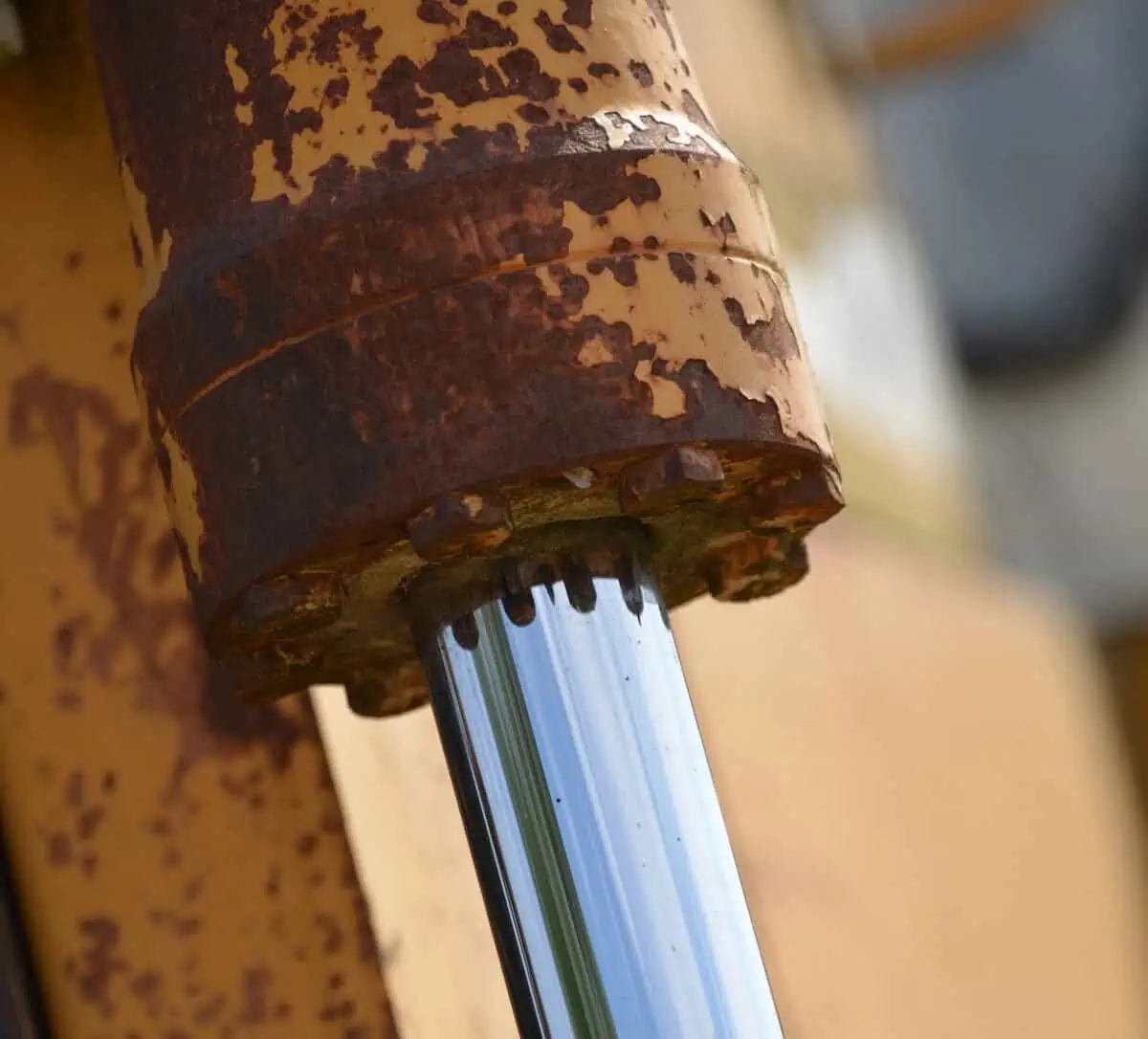Hydraulic cylinders are one of the most important components on heavy equipment like bulldozers, excavators and farm machinery. They are responsible for translating hydraulic pressure into linear motion to lift, push and move massive loads.
However, after years of operation in difficult working conditions, hydraulic cylinders can become worn down, corroded and start to fail. When this happens, you have a few options for hydraulic cylinder repair to restore function and extend service life.
There are several options for repairing or refurbishing worn out or corroded hydraulic cylinders to extend their service life rather than incurring the significant cost of full replacement.
Repairing cylinders involves disassembling, inspecting and replacing damaged parts to get cylinders functioning like new again. Rebuilding cylinders means fully overhauling them with new seals, honing and re-boring to upgrade performance. And plating services apply a metal coating like chrome plating to recondition cylinder surfaces.
Choosing the right option for hydraulic cylinder repair depends on factors like cylinder condition, cost, downtime and parts availability. It always pays to have cylinders inspected by a professional hydraulic service to determine whether repair, rebuild or plating is the most appropriate and cost-effective solution to get your equipment back up and running again. With regular maintenance and periodic reconditioning of cylinders, the service life of heavy equipment can be greatly extended.
Cylinder Repairs: The Basics
Hydraulic cylinder repair involves fully disassembling the cylinder, cleaning all components, inspecting for damage and replacing worn or broken parts. This returns the hydraulic cylinder to likenew operational condition. As part of the cylinder repair process,the cylinder rod is removed and seals, wipers and other parts are replaced.
The cylinder body is checked for any cracks or corrosion damage. For any signs of damage, the appropriate repairs or part replacements are made. Hydraulic cylinder repairs aim to replace all damaged components so cylinders can function properly again.
Cylinder repairs do require sourcing replacement parts unique to each cylinder type and model. For some cylinder repairs, especially larger cylinders, it is best to work with a professional hydraulic service that has the tools, skills, and parts inventory to do the job efficiently.
The downtime required to disassemble, assess damage, order parts and reassemble cylinders may be reduced by working with a shop that has parts in stock or ready access to suppliers. They will also have the necessary tooling and work space to handle complete disassembly and reassembly of larger cylinders.
By conducting a full assessment of the cylinder’s condition during repair, any issues can be addressed to return the cylinder to optimal working order. Basic cylinder repair is often the most cost-effective way to fix cylinders and get equipment back up and running again with minimal delay.
Cylinder Rebuilding for Optimal Performance
Cylinder rebuilding involves a complete overhaul of the hydraulic cylinder for essentially like-new or even improved performance. As part of the rebuild, the cylinder is disasembled down to each individual component. The cylinder tube is honed and re-bored to precise specifications, then fitted with new seals, bearings, rods and other parts as needed.
The cylinder is then reassembled and tested to ensure optimal performance before placing back into service. Cylinder rebuilding provides maximum extension of service life, but at a higher cost than basic cylinder repair due to the additional new parts and labor required. Cylinder rebuilding is a specialized job, so for most equipment owners and operators, it is best left to a professional hydraulic service shop with the proper equipment, certification and expertise to rebuild cylinders to factory specifications.
Cylinder Plating Services: Restoring Surfaces
For hydraulic cylinders with external corrosion damage or wear but internals that are still in working condition, hydraulic cylinder plating service is an option to restore cylinder surfaces. Rather than fully disassembling and repairing or rebuilding the cylinder, plating involves abrasively cleaning and preparing the cylinder surface then applying a metal coating, such as chrome plating. The plating adheres to the cylinder surface, giving it an like-new finish without any replacement of internal parts.
Chrome plating hydraulic cylinders helps prevent future corrosion and wear damage to cylinders, extending the time between repairs. Polished chrome plating also enhances the appearance of cylinders. The cylinder plating process uses chemicals to clean and prepare the surface, then applies electrolytic chrome plating to build up layers of chromium onto the cylinder surface.
For the best results, cylinder bodies should be in good structural condition without any cracks or deep pitting. Cylinder plating can be more cost-effective than a full rebuild, especially if cylinder internals remain in working order. However, plating will not address any existing internal damage or wear issues, so cylinders may require additional repairs to restore full functionality.
Cylinder plating can also be done in conjunction with cylinder repair or rebuilding to optimize the service life of the entire cylinder.
For owners of heavy equipment, keeping hydraulic cylinders in working order is essential to productivity and uptime. Whether cylinders are repaired, rebuilt or plated depends on their condition and factors like downtime and budget.
Cylinder repair returns worn cylinders to functioning condition by replacing damaged parts, while rebuilding provides like-new or better performance but at higher cost. Cylinder plating reconditions cylinder surfaces when internals remain functional.
With branded cylinders like John Deere hydraulic cylinders or Heil hydraulic cylinders, the specific sizes and models dictate the parts and processes required to refurbish them. Working with a hydraulic service shop that can handle cylinders of all types can help ensure the right solution is selected based on a full assessment of cylinder condition.
Article and permission to publish here provided by Daniyal Pervez. Originally written for Supply Chain Game Changer and published on June 17, 2023.
Cover image by Michael Schwarzenberger from Pixabay

